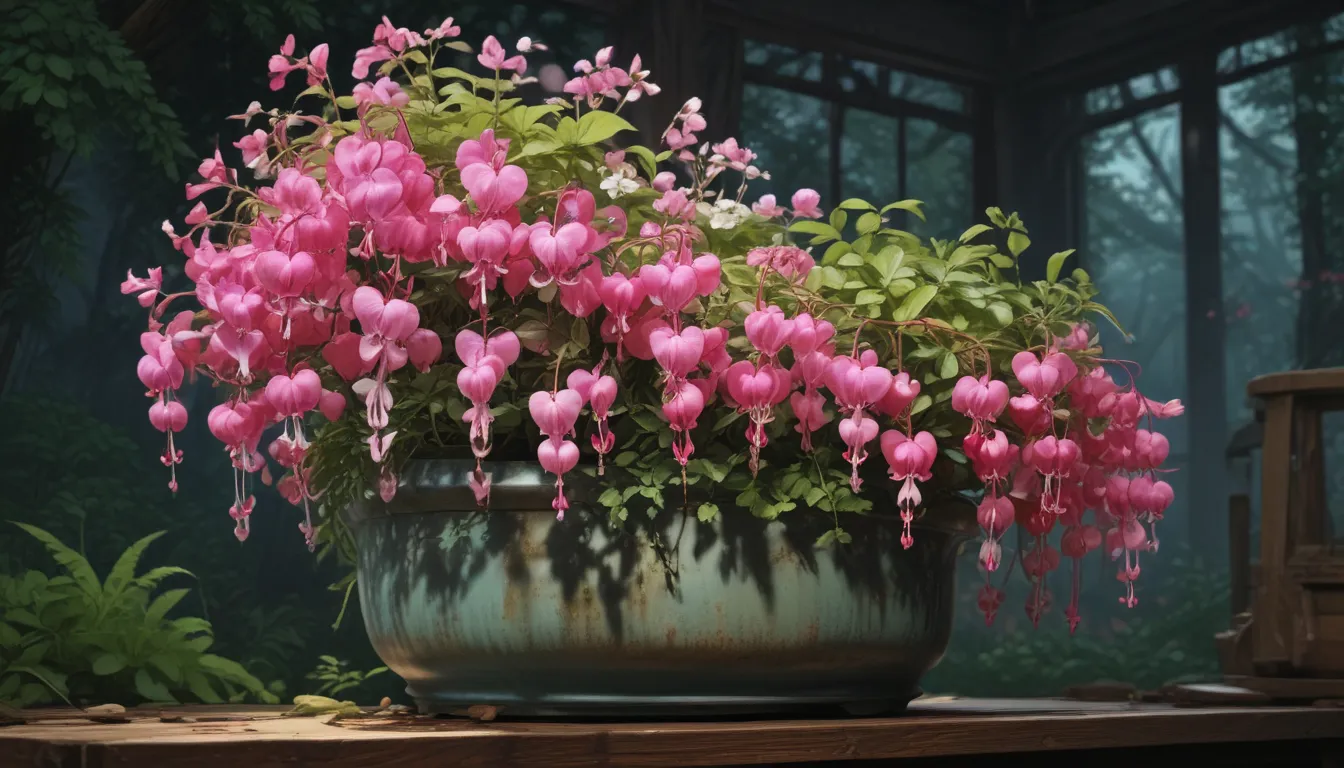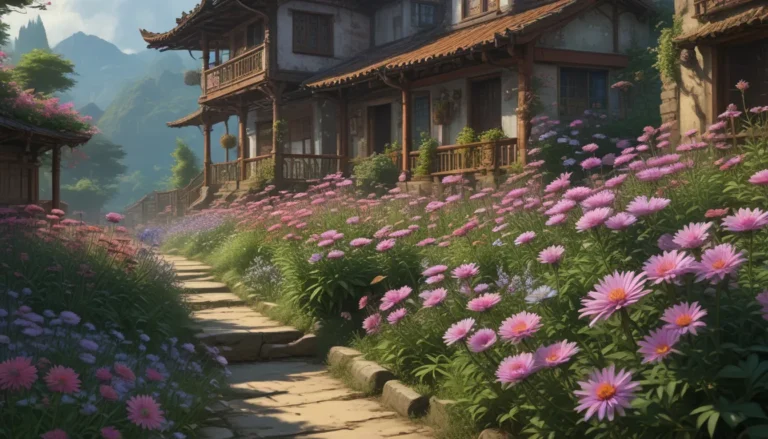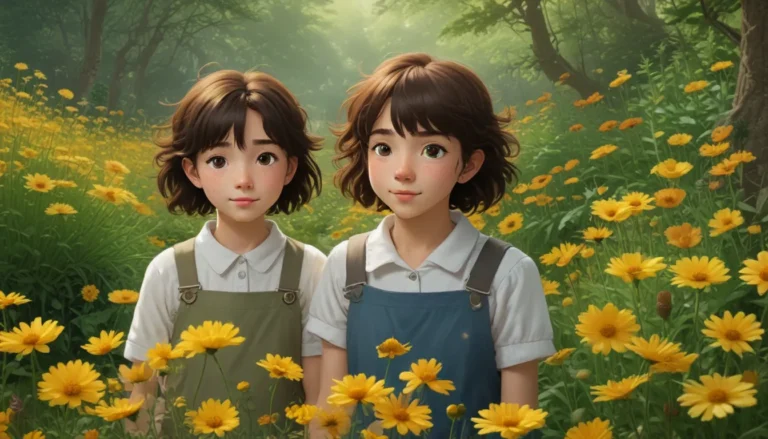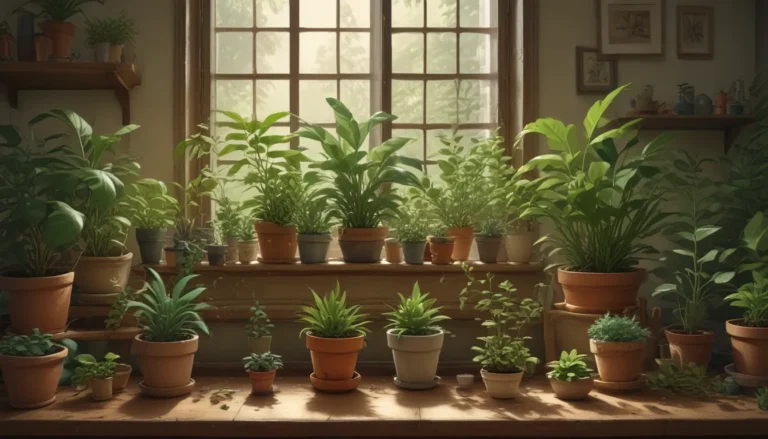Ultimate Guide to Growing Bleeding Hearts in Containers

Are you looking to add interest to a challenging outdoor space? Do you want to transform a bland balcony or a dull patio into a vibrant oasis of color and beauty? Bleeding hearts, also known as lady’s lockets, might just be the perfect solution for you.
In this comprehensive guide, we will explore everything you need to know about growing bleeding hearts in containers. So, gather up your potting soil, gloves, and a nice big pot, and let’s go gardening!
What You’ll Learn
Here’s everything we will cover in this guide:
- A Bit About Bleeding Hearts
- Choosing the Right Container
- Preparing Your Container
- Watering
- Maintenance
- Overwintering
- Companion Planting
A Bit About Bleeding Hearts
Bleeding hearts, scientifically known as Lamprocapnos spectabilis, are a classic cottage garden feature that thrives in partially shady spots with ample moisture. These delightful plants bloom reliably from early to mid-spring until the heat of summer arrives, at which point the flowers fade, and the plant goes dormant until the following spring.
Belonging to the Papaveraceae family, bleeding hearts are native to temperate woodlands around the world, with several native species found in North America. While there are various hybrids and imported species available, they all do well in containers, although they require frequent watering due to the challenges of container gardening.
Choosing the Right Container
Selecting the proper container is essential when growing bleeding hearts. Since these plants love moisture, choose a container that retains water effectively. Opt for glazed ceramic, sealed stone, or plastic containers over terra cotta or wood, which tend to dry out quickly.
Make sure the container has adequate drainage, with at least one drainage hole, preferably more. The size of the pot also matters – choose one that allows the roots to grow freely. For a small bleeding heart, go for a pot around a foot tall and nine inches wide, while larger plants require more significant containers with a similar depth-to-width ratio.
Preparing Your Container
Once you have selected the right container, it’s time to fill it with soil. Use a standard, well-draining potting mix like FoxFarm Ocean Forest Potting Soil. You can enhance the soil by adding rice hulls and worm castings for improved drainage and nutrition, although this step is optional.
When planting the bleeding heart, ensure that the root ball sits at the same height as it was in its original pot. Avoid burying the root ball too deep, and fill in the sides with additional potting soil.
Watering
Bleeding hearts thrive in moist soil and dislike drying out. Check the soil moisture frequently, particularly during spring and summer when watering needs are higher. Consider using a watering system, irrigation bulbs, or self-watering pots to maintain consistent soil moisture levels.
During the fall and winter, reduce watering to allow the top inch of soil to dry out. Protect the plant from excessive moisture, as bleeding hearts are sensitive to wet conditions, especially during dormancy.
Maintenance
Pruning bleeding hearts is minimal, with occasional removal of dead or diseased stems and light pinching back for bushier growth. Every few years, divide the plant to prevent root binding and promote healthy growth. Fertilize with a flower-specific fertilizer in early spring to support blooming.
Overwintering
During the fall and winter, bleeding hearts go dormant, requiring less water and protection from excessive moisture. Consider relocating the plant to a sheltered spot for added protection during the colder months. Allow the top inch of soil to dry out to prevent overwatering.
Companion Planting
Enhance the visual appeal of your bleeding heart container by planting companions with similar growing requirements. Select shade-loving annuals like begonias, impatiens, or fuchsia, or perennial options such as hostas, monkshood, or columbine. Choose plants that provide visual interest after the bleeding hearts have finished blooming.
By following these tips and tricks, you can create a stunning display of bleeding hearts in containers that will brighten up any outdoor space. Share your bleeding heart gardening journey in the comments below and inspire others to try this delightful plant in their own gardens.
For more helpful articles on bleeding hearts, check out:
– How to Identify and Manage Diseases in Bleeding Heart Plants
– How to Propagate Bleeding Hearts to Create More Plants
– 3 Common Reasons Why Bleeding Hearts Fail to Bloom
Have fun growing your bleeding hearts and enjoy the beauty they bring to your patio or garden!





